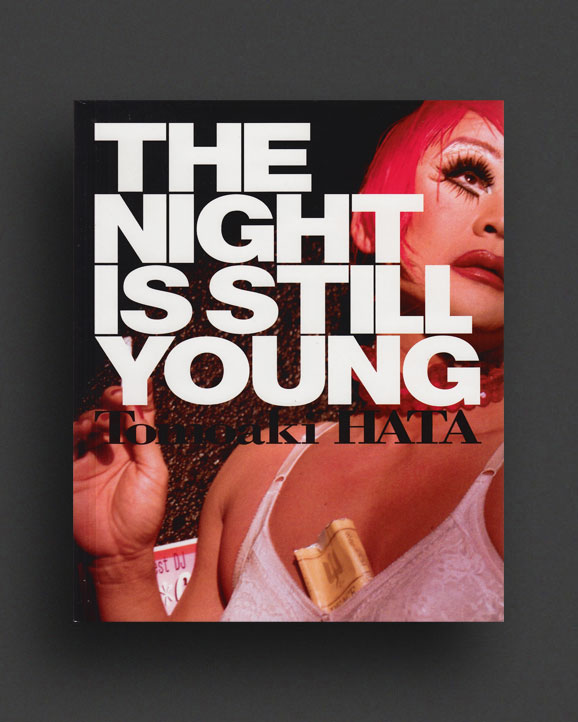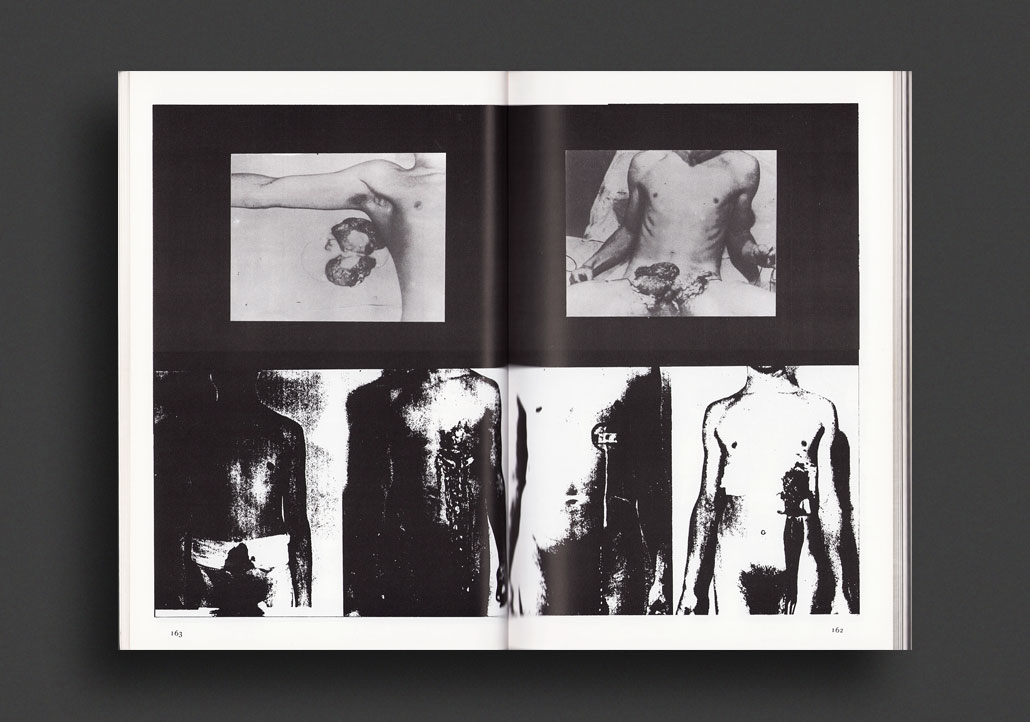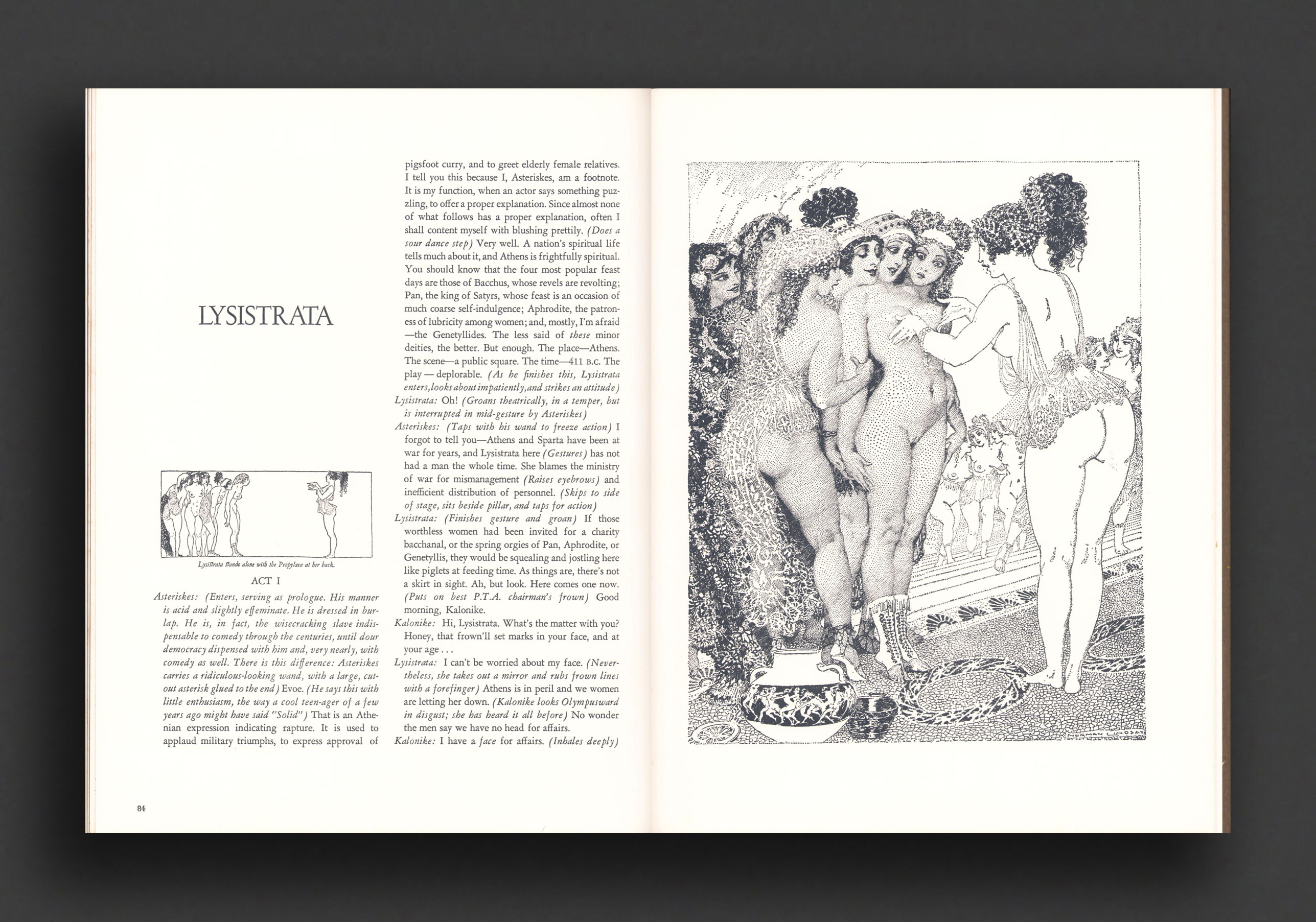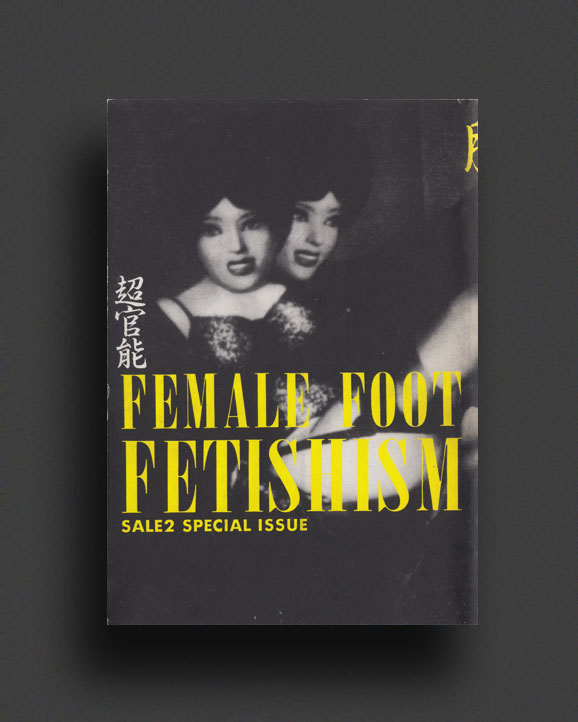(...less)
Quickly out-of-print, inaugural and solitary volume of the UK noise music magazine, As Loud As Possible, published in 2010 and edited by Chris Sienko and Steve Underwood (Harbinger Sound). Not surprisingly an instant collector's item, this first ambitious issue (names after the Incapacitants 1995 album) is packed with articles, interviews and reviews with both "seminal and newly emerging sound artists that specialize in atonal sonic brutality." Runzelstirn & Gurgelstock, Broken Flag (Maurizio Bianchi, Unkommuniti, Mauthausen Orchestra, Satori, Controlled Bleeding, Irritant, JFK, Mauro Teho Teardo (M.T.T.), Con-Dom Sigillum S, Agog, Giancarlo Toniutti, Vortex Campaign, Le Syndicat, Krang....), No Fun, Putrefier, Sewer Election, The Haters, The Rita / Sam McKinlay, Zone Nord / Jean-Luc Angles (Blowhole, Prick Decay, Small Cruel Party), Cheapmachines, Climax Denial, Interchange fanzine, Alien Brains / Storm Bugs / Anti-Messthetics, and much more...
Contents: “Runzelstirn & Gurgelstock: “Artaud, Aktionkunst, Abreaction and Eb.er” : texts by Alice Kemp, accompanied by new drawings from Rudolf Eb.er, and a detailed “Aktiongraphy”; The Broken Flag Story: An extensive indepth interview with Gary Mundy, covering the career of Ramleh, the complete output of his legendary Broken Flag record label, and also featuring new interviews with the artists responsible for those releases, including: Maurizio Bianchi, Unkommuniti, Mauthausen Orchestra, Satori, Controlled Bleeding, Irritant, JFK, Mauro Teho Teardo (M.T.T.), Con-Dom Sigillum S, Agog, Giancarlo Toniutti, Vortex Campaign, Le Syndicat, Krang and many more, plus unseen artwork and photographs; No Fun: Festival curator Carlos Giffoni talk about the New York festival's past, present and future, and covers his work with the No Fun Productions label. The Politics of HNW: The Rita’s Sam McKinlay talks about the obsessive nature of the harsh-head. Includes a list of Sam's essential Wall Noise picks spanning the past two decades. An excellent introduction to wall-riding; 30 Years of The Haters: G.X. Jupitter - Larsen provides a personal history, as well as a delineation of his ideas, methods, and tricks accrued over three decades. The inside story from the man who has made entropy his life's work. Putrefier: An interview with Mark Durgan, covering his twenty years in the UK's wilderness, from Birthbiter's heyday to the present-day. Includes reminiscences from Andy Bolus about their infamous duo project, Olympic Shit Man! Sewer Election: Sweden's loudest, Dan Johansson talks about his music, ideas, art and running a tape label. Interview by Mikko Aspa of Grunt; Zone Nord: An album -by- album look at the discography of this retired French noise legend, including brief commentary from Mr Zone Nord himself, Jean-Luc Angles; Apraxia: An interview with Patrick Barber, the man behind the label. Covers the output of this legendary label who released Blowhole, Prick Decay, Small Cruel Party and others in the early '90s; Cheapmachines: An interview with London sound-sculpter and all-'round sonic chameleon Phil Julian.
Climax Denial: An interview with this Milwaukee-based Power Electronics lecher, including an album-by-album analysis; Alien Brains, Storm Bugs and Anti-Messthetics: A study of the non-careers of two early eighties UK outfits that were very much connected. Includes input from some of the key players, plus lots of vintage artwork; Interchange: A look at this influential UK fanzine from the mid-80s, plus an interview with its creator, John Smith. Tunnel Canary: G. X. Jupitter - Larsen tells us about his first memories in Vancouver of this volatile bunch. IDES: An overview of the primary output of this American tape label, and an interview with its owner, Nicole Chambers; Classic Albums: A regular feature dedicated to both in-depth analysis and memories of overlooked but not forgotten gems from yesteryear. Issue #1 features articles on The Lemon Kittens (We Buy A Hammer For Daddy), XX Committee (Network) and RJF (Greater Success In Apprehensions & Convictions). A collection of thoughts and interviews, including an exclusive interview with ex- XX front-man, Scott Foust. Opinion Columns: A regular feature from a rotating pool of participatory players with the music they ponder. Includes John Olson (Wolf Eyes), Andy Ortmann (Panicsville), Mikko Aspa (Grunt), Steve Underwood (Harbinger Sound), Hicham Chadly (Nashazphone), Jonas Kellagher (Segerhuva), C. Spencer Yeh (Burning Star Core) and Mark Wharton (Idwal Fisher) amongst others. Covering artists including Masonna, Vomir, and The Black Phelgm, and ranging from Bizarre Uproar all the way to Christian bluegrass bluegrass music! Extensive reviews section. Back cover artwork by Richard Rupenus (The New Blockaders).
Very Good copy with light wear.
File under:
Broken Flag
The Haters
Leibstandarte SS MB (Maurizio Bianchi)
MB (Maurizio Bianchi)
Maurizio Bianchi (M.B.)
Maurizio Bianchi (MB)
Le Syndicat
Krang
Giancarlo Toniutti
Vortex Campaign
Sigillum S
Agog
Sigillum S.
Con-Dom
Unkommuniti
Mauthausen Orchestra
Satori
Controlled Bleeding
Irritant
JFK
Mauro Teho Teardo (M.T.T.)
Lemon Kittens
Blowhole
Prick Decay
Small Cruel Party
Zone Nord
Masonna
Vomir
The Black Phelgm
Wolf Eyes
Burning Star Core
Idwal Fisher
The Rita
Sam McKinlay
Putrefier
Sewer Election
Runzelstirn & Gurgelstøck
Alien Brains
Storm Bugs
Cheapmachines
Climax Denial
Chris Sienko
Steve Underwood
Gary Mundy
Sam McKinlay
As Loud As Possible / UK
Periodicals
Out-of-print / Rare
Sound / Music
Counterculture
Performance / Dance / Theater




































































































































































































